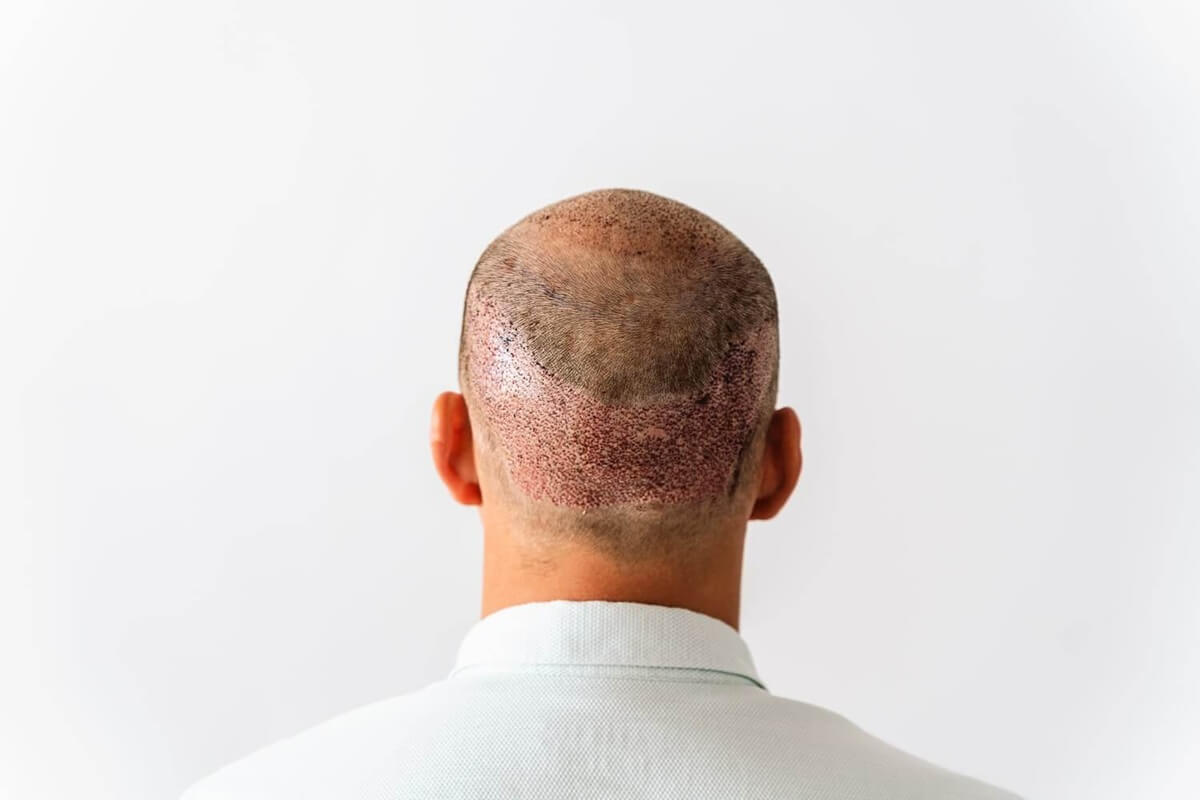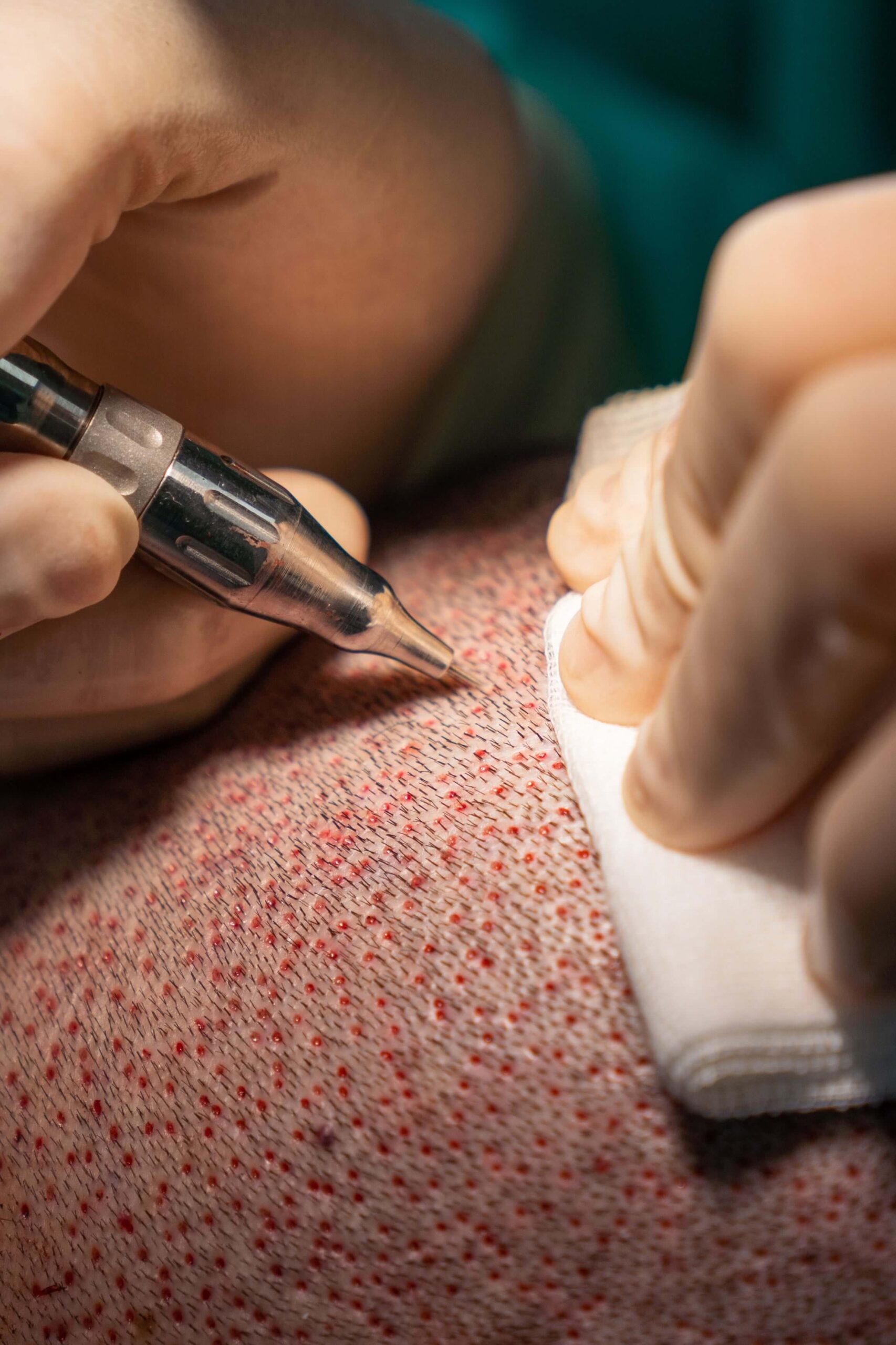For men, it is often the receding hairline that becomes more pronounced, and women are also affected by hair loss, usually in the parting area, but a so-called forehead baldness can also occur. This typically indicates hereditary hair loss, also called androgenetic alopecia. While some men choose to go bald, this is not a solution for most patients.
For many affected individuals, androgenetic alopecia and the resulting bald spots become a serious problem, leading to feelings of inferiority and severe depression. In such cases, a hair transplant can provide significant help.
But does a hair transplant carry risks? In this article, we will explore the potential risks of two common methods of hair transplantation. Additionally, you will find useful tips on how you can minimize these risks yourself.
Potential Risks of the FUE Method in Hair Transplants
Potential Risks of the FUT Method in Hair Transplants
Potential Risks After a Hair Transplant

Tips to Minimize Risks
- Choose a highly-rated and experienced surgeon and conduct thorough research.
- Follow all precautions and instructions before and after your surgery.
- Discuss potential complications and side effects with your doctor.
- Properly care for your scalp during the healing phase.
Minimize Hair Transplant Risks with The Hair Alliance
Are you suffering from hereditary hair loss and considering a hair transplant? Then you are in the right place with The Hair Alliance. We are an independent comparison platform for clinics that perform hair transplants. Choosing the right clinic is a critical decision, and we regularly certify and review the various clinics featured on our platform.
We assist you in making an informed decision when selecting your clinic for treatment. Additionally, you will find a guide with numerous informative articles on the topic. Whether it’s Follicular Unit Extraction or FUT Transplantation, find a clinic with the highest standards and experienced doctors today. Choosing a reputable and experienced clinic is crucial and significantly minimizes risks and unwanted side effects.




